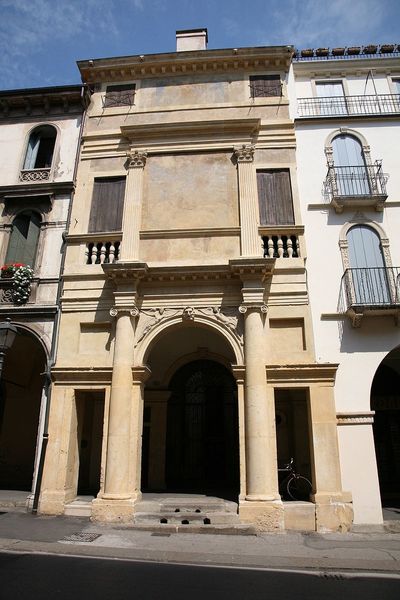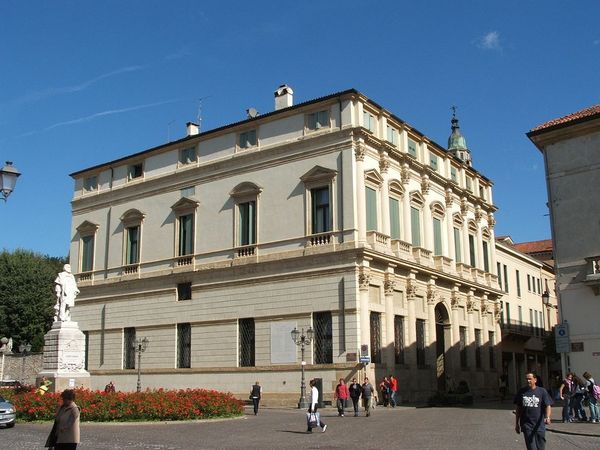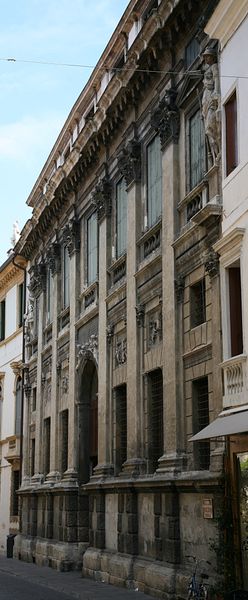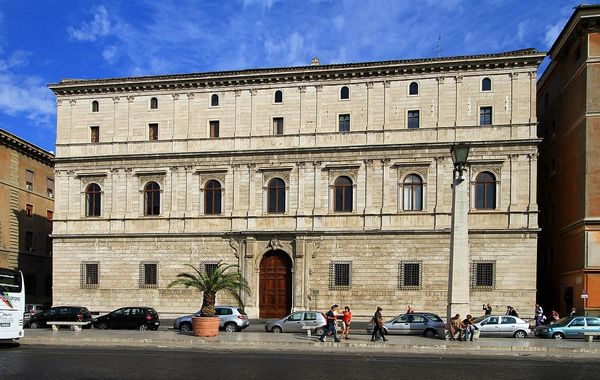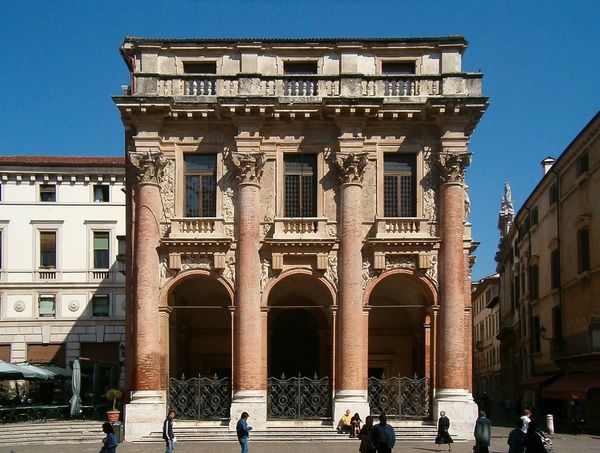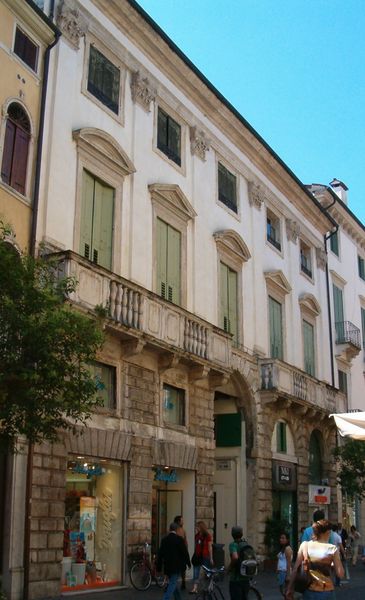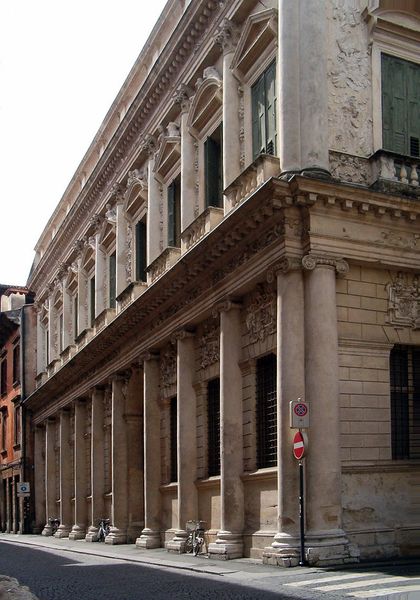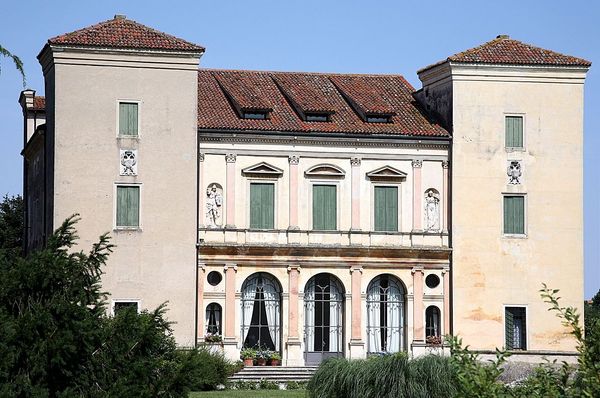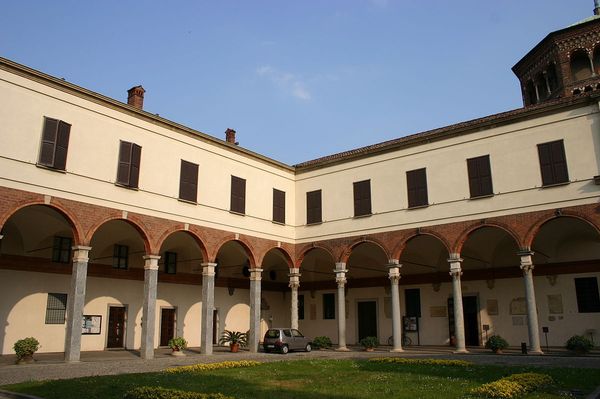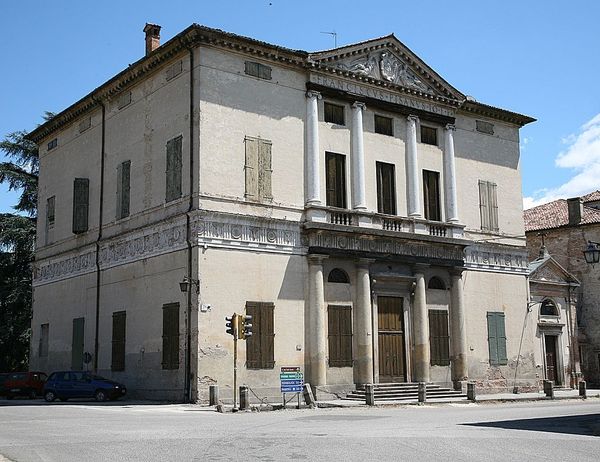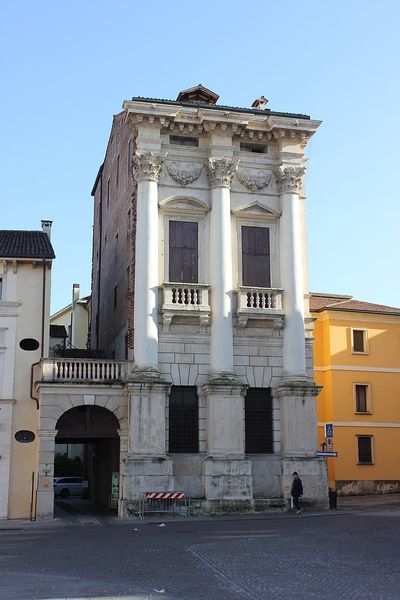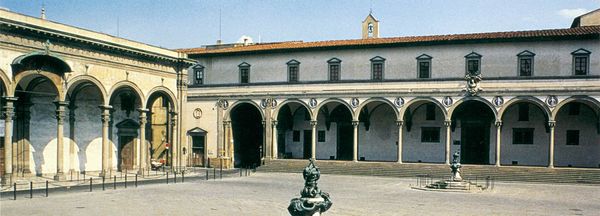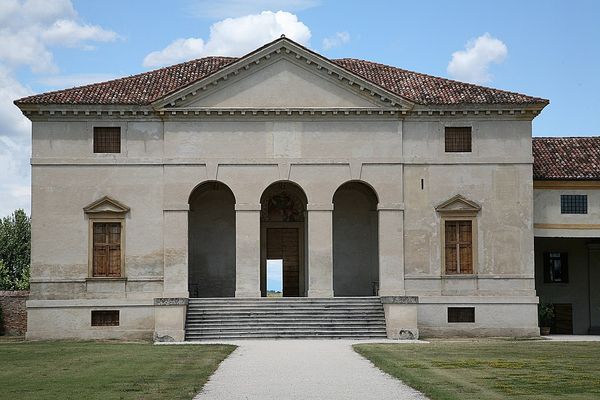
architecture
#
portrait
#
public art
#
landscape
#
urban cityscape
#
historic architecture
#
traditional architecture
#
classicism
#
urban art
#
italian-renaissance
#
architecture
#
historical building
Copyright: Public domain
Curator: This is the Palazzo Porto, designed by Andrea Palladio around 1542, a key early work in Vicenza that solidified his reputation. Editor: My immediate sense is one of imposing order and robust Renaissance monumentality. It’s massive and detailed! Curator: Absolutely. The Palazzo Porto represents Palladio's emerging architectural philosophy, drawing heavily on classical principles of symmetry, proportion, and the use of classical orders. It embodies the cultural aspirations of the Venetian elite at the time. Editor: Notice how the facade is divided into distinct horizontal zones, a clear tripartite division – base, piano nobile, and attic. The rhythmic play of light and shadow created by the engaged columns and recessed windows provides the perfect balance. Curator: It was commissioned by the nobleman Iseppo da Porto, reflecting his status and ambition within Vicenza’s society. Palladio designed the palazzo to express Porto’s connection to Roman ideals and showcase his influence in the city. Editor: The use of rustication on the ground floor gives the impression of strength and permanence, contrasting with the more refined and ornamented upper levels. And those sculptural heads are powerfully emotive. Curator: The Palazzo was meant to broadcast civic pride and classical ideals within Vicenza’s urban fabric. It represents a conscious effort to emulate the grandeur of Roman architecture and a commitment to the values of the Renaissance. Palladio effectively designed this urban architecture to perform a distinct social function. Editor: Considering the Renaissance architectural vocabulary used here – the balance, the symmetry, the details – it’s still captivating. It embodies the values and ideas that the early modern architects held. Curator: Indeed, by examining the Palazzo Porto, we gain a deeper understanding of both Palladio's developing architectural theories and the socio-political context that shaped his work. Editor: From a formal point of view, analyzing how Palladio composed the Palazzo using ratios and classical features is itself an exploration of aesthetics as a social statement.
Comments
No comments
Be the first to comment and join the conversation on the ultimate creative platform.
